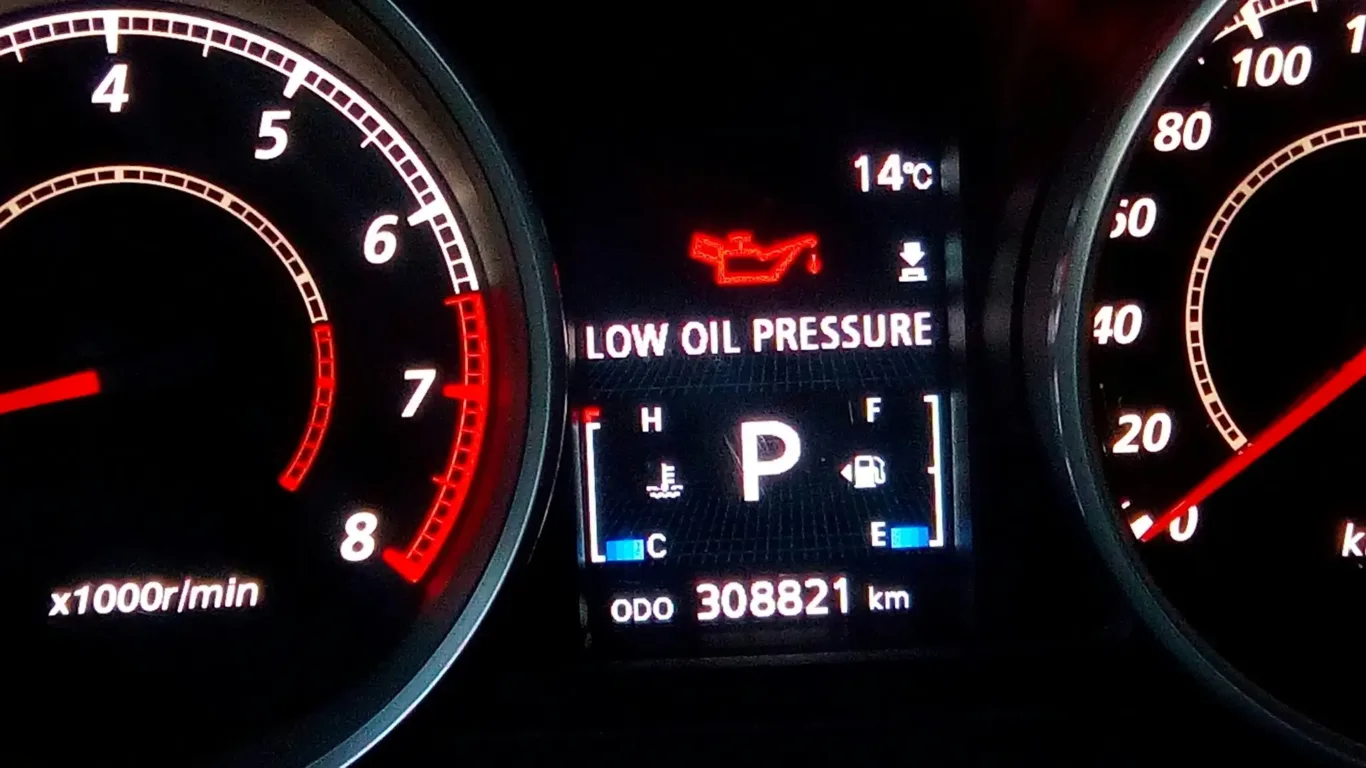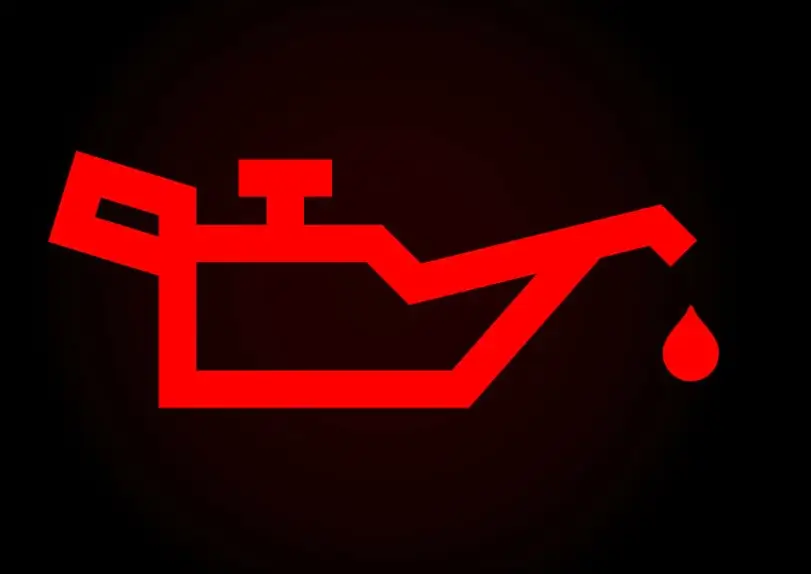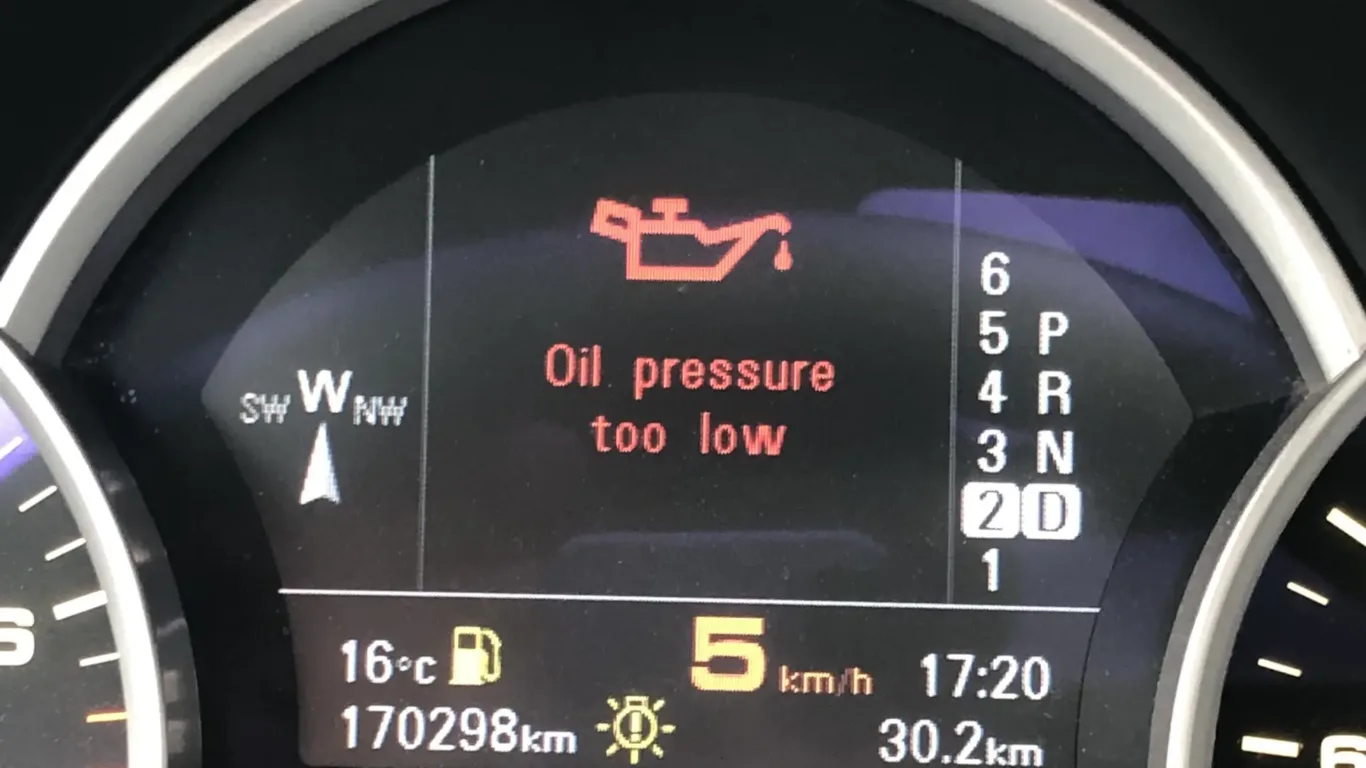In this comprehensive guide, we will explore the various causes of low oil pressure in engines and provide effective solutions to remedy the issue. By understanding the underlying factors and taking necessary precautions, you can protect your engine from serious damage and ensure optimal performance.
Engine oil pressure is a critical parameter that ensures the smooth operation and longevity of an engine. When the oil pressure drops below normal, it can indicate a potential problem that needs immediate attention.

Importance of Oil Pressure
Oil pressure plays a crucial role in maintaining the health and functionality of an engine. Engines are complex machines with numerous moving parts that rely on proper lubrication to minimize friction and wear. When oil circulates through the engine, it creates pressure, enabling it to reach all the necessary components and keep them well-lubricated. Adequate oil pressure ensures that the oil can flow freely, preventing metal-to-metal contact, friction, and potential damage. Regularly monitoring and maintaining oil pressure is vital to avoid costly repairs and extend the lifespan of your vehicle.

Common Causes of Low Oil Pressure
1. Insufficient Oil Level
One of the most common causes of low oil pressure is an inadequate oil level. Over time, engines may consume oil due to factors such as evaporation, burning caused by worn piston rings, or oil leaks through seals or the oil plug. If the oil level drops below the minimum required amount, it can result in low oil pressure.
Regularly checking your oil level and topping it off as needed can help prevent this issue. Additionally, be vigilant for any signs of oil leaks or drops on the floor, as they may indicate a more significant problem that requires immediate attention.
2. Incorrect Oil Viscosity
Oil viscosity refers to the fluidity or thickness of the oil. It plays a crucial role in maintaining proper oil pressure. If the oil viscosity is too high or too low, it can affect the flow of oil through the engine and lead to low oil pressure readings. High viscosity oil creates more resistance, reducing the oil pressure, while low viscosity oil flows too easily, also causing a drop in pressure. It is important to use the oil viscosity recommended by the manufacturer, considering factors such as operating temperatures and ambient conditions. Consult your vehicle’s manual or seek professional advice to ensure you are using the right oil for your engine.
3. Engine Wear
As engines age and accumulate mileage, various components may start to wear down. Engine bearings, in particular, are prone to wear, and when they do, it can result in low oil pressure. Worn bearings create increased clearances, allowing oil to escape more easily and reducing the pressure. This issue is often accompanied by increased engine noise and pounding. Regular maintenance and proactive measures can help mitigate engine wear and prevent a decline in oil pressure. Engaging the services of an experienced engine technician to assess the condition of your engine and replace worn parts can be crucial in maintaining optimal oil pressure.
4. Malfunctioning Oil Pump
The oil pump is responsible for regulating oil pressure in the engine. If the oil pump malfunctions, it can lead to low oil pressure. Signs of a faulty oil pump include a low oil pressure warning light, decreased engine power, rising engine temperature, and engine stalling. If you suspect a problem with your oil pump, it is essential to have it checked by a qualified mechanic to determine if it needs repair or replacement.
5. Clogged or Dirty Oil Filter
The oil filter plays a vital role in removing contaminants and debris from the engine oil. Over time, the filter can become clogged with accumulated particles, limiting the flow of oil and causing a drop in oil pressure. Regularly inspecting and replacing the oil filter as recommended by the manufacturer can prevent this issue. If you notice any signs of a clogged filter, such as reduced oil flow or pressure, have it checked by a mechanic and replace it if necessary.
Normal Oil Pressure Range

Understanding the normal oil pressure range for your specific engine is crucial for monitoring its health. While the exact range may vary depending on the engine type, for most engines, the normal operating oil pressure ranges between 40-50 PSI (pounds per square inch). It is important to note that oil pressure can fluctuate slightly depending on factors such as engine temperature and idling time. If you notice a significant drop in oil pressure or the low oil pressure warning light comes on, take immediate action to address the issue and avoid potential engine damage.
The Impact of Oil Viscosity on Oil Pressure
Oil viscosity is a key factor that influences oil pressure in engines. Understanding viscosity and its effects on oil pressure is crucial for maintaining optimal engine performance. Viscosity refers to the resistance of a liquid to flow. In the case of engine oil, viscosity determines how easily the oil can flow and lubricate the engine. It is important to select the right viscosity oil for your engine, considering both cold-start conditions and the engine’s maximum operating temperature. Using the recommended viscosity grade specified in your vehicle’s manual ensures proper lubrication and helps maintain optimal oil pressure throughout various operating conditions.
Preventing Low Oil Pressure
Preventing low oil pressure requires regular maintenance and adherence to recommended guidelines. Here are some proactive measures to reduce the risk of low oil pressure:

- Regularly change the oil and oil filter at the recommended intervals.
- Use high-quality oil with the correct viscosity grade specified by the manufacturer.
- Monitor the oil level regularly and top it off if necessary.
- Inspect for any signs of oil leaks and address them promptly.
- Pay attention to engine noise and abnormal temperatures, as they may indicate potential oil pressure issues.
- Consider employing oil analysis to assess the condition of the oil and engine components, especially for fleet vehicles.
- Follow proper maintenance schedules and consult with experts to ensure optimal engine health.
Conclusion
Low oil pressure in engines can lead to severe damage if left unaddressed. By understanding the causes and taking preventive measures, you can maintain proper oil pressure and ensure the longevity of your engine.
Regular maintenance, monitoring oil levels, using the correct oil viscosity, and addressing any issues promptly are key to preventing low oil pressure.
Remember to consult your vehicle’s manual and seek professional advice when in doubt. By prioritizing oil pressure maintenance, you can safeguard your engine’s performance and avoid costly repairs in the long run.
